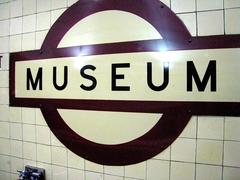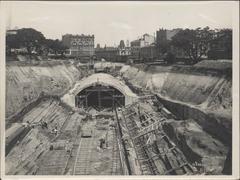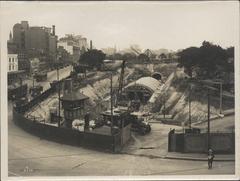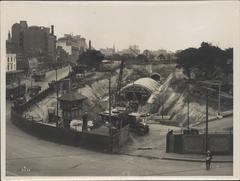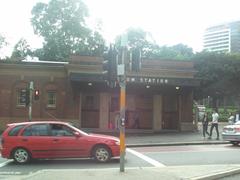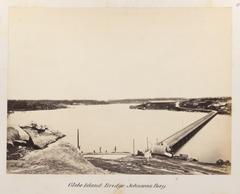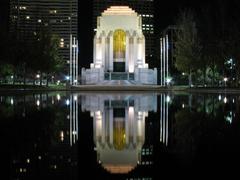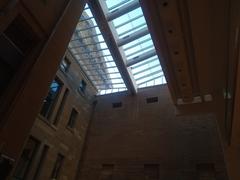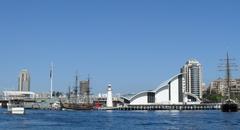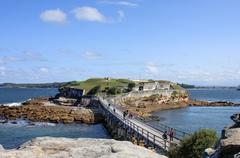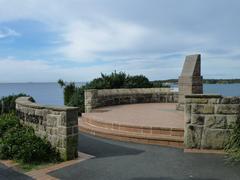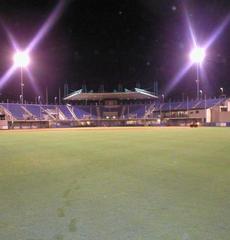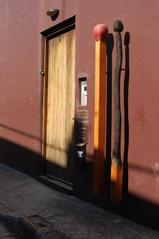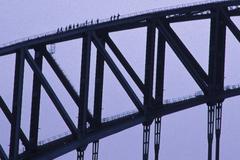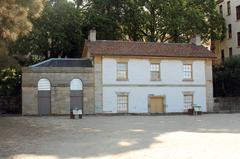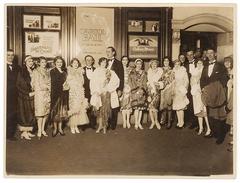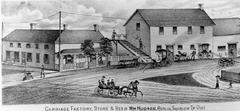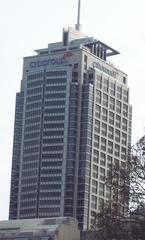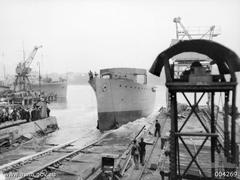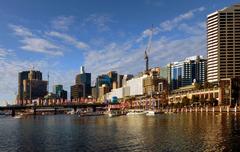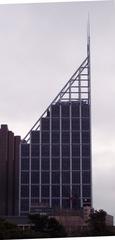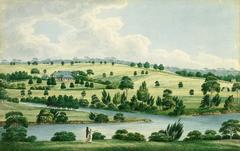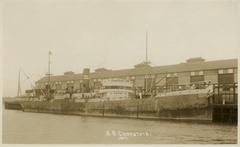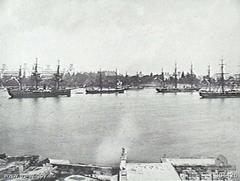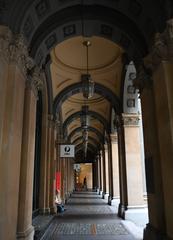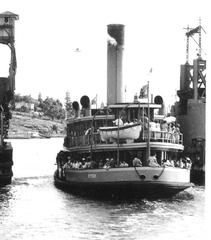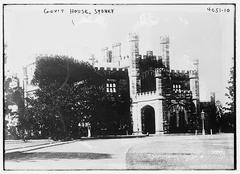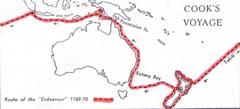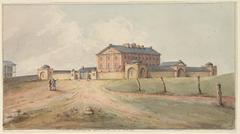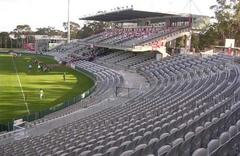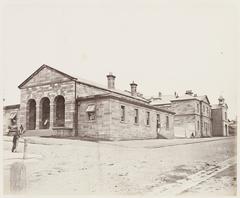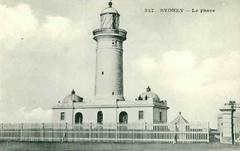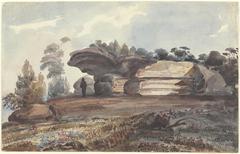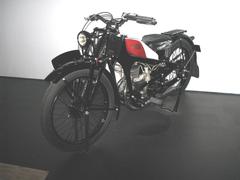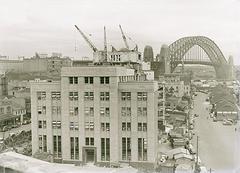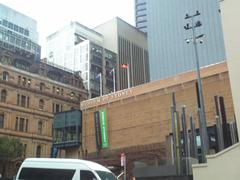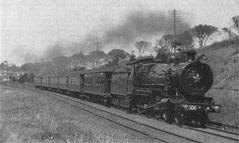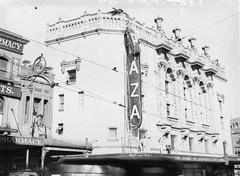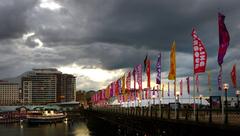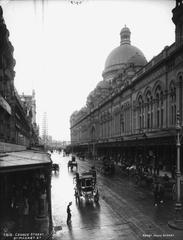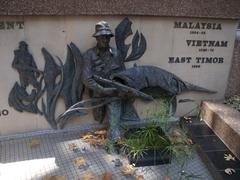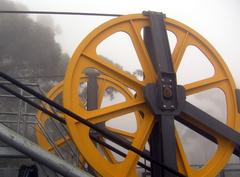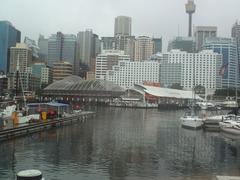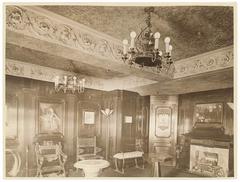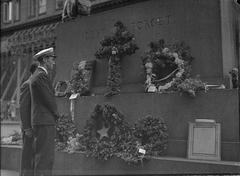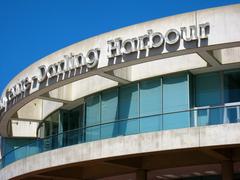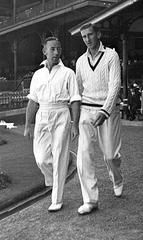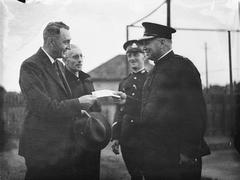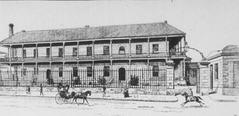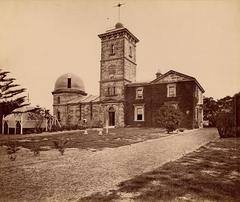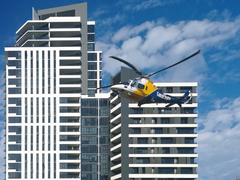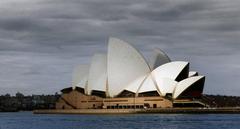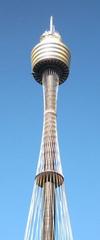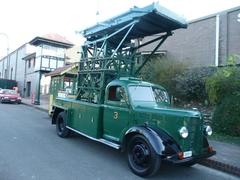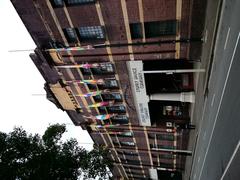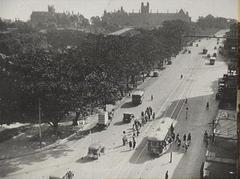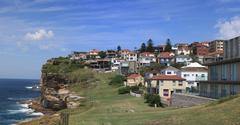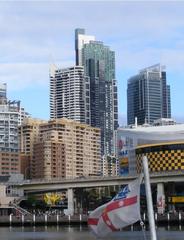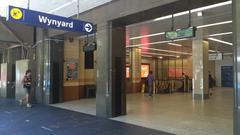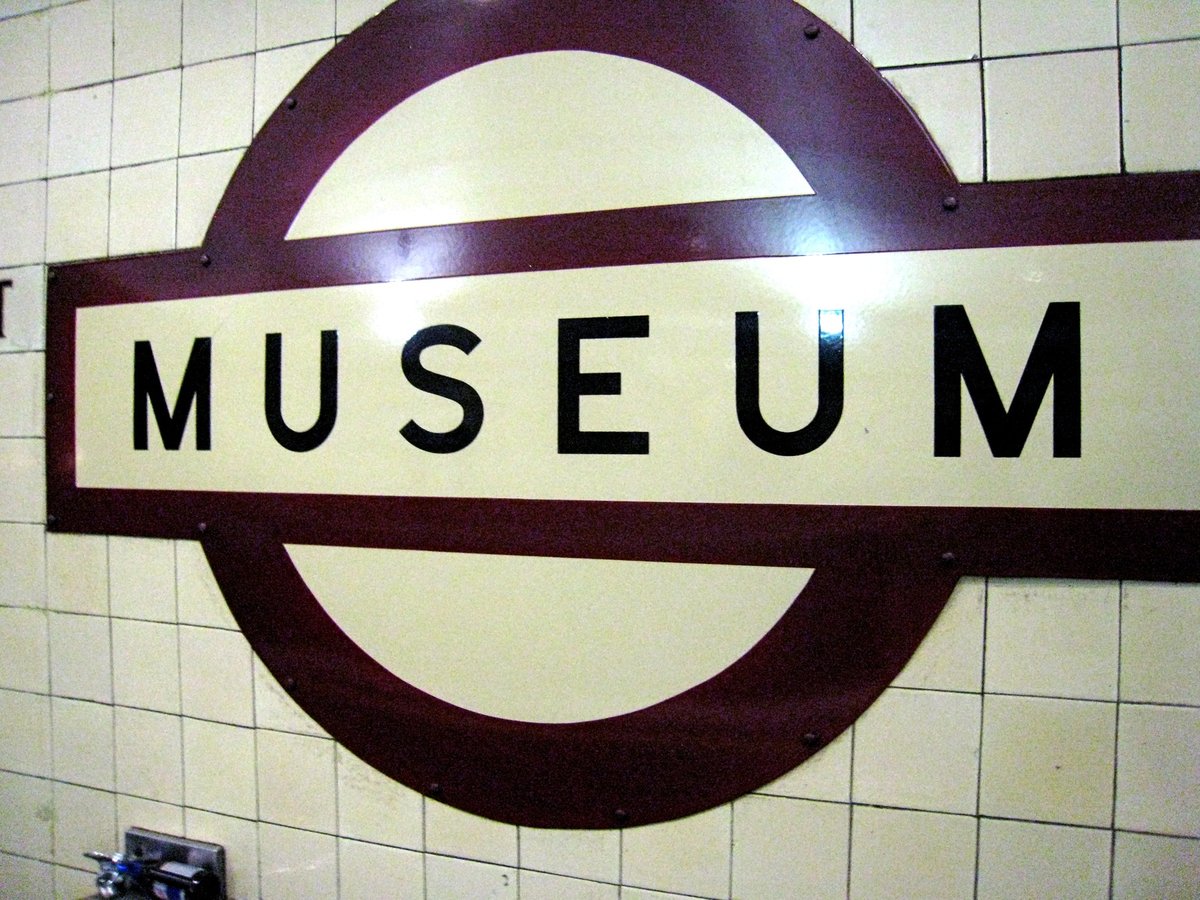
Museum Railway Station Sydney: Visiting Hours, Tickets, and Travel Guide
Date: 15/06/2025
Introduction
Museum Railway Station is a heritage-listed underground station located beneath the southeastern corner of Hyde Park in Sydney’s Central Business District (CBD). Opened in 1926 as part of the ambitious Bradfield Plan, the station is celebrated for its Inter-War Stripped Classical architecture and its pivotal role in Sydney’s urban and transport history. Today, Museum Station is both a key commuter hub and a living monument to Sydney’s railway heritage, offering visitors preserved period features, easy access to cultural landmarks, and an authentic glimpse into the city’s modernization. Whether you’re a commuter, a history enthusiast, or a cultural explorer, this guide provides all the essential details to maximize your visit, including history, architecture, ticketing, accessibility, nearby attractions, and practical travel tips (Transport for NSW; Dictionary of Sydney; Destinations Journey; Wikipedia).
Table of Contents
- Introduction
- Historical Overview
- Visitor Information
- Exploring Museum Station
- Nearby Attractions
- Practical Tips for Visitors
- Frequently Asked Questions (FAQ)
- Conclusion & Travel Resources
- References
Historical Overview
Early Railway Development
Sydney’s rail history began in 1855 with a line connecting Sydney to Parramatta Junction. However, the original terminus was distant from the city’s commercial center, making direct access difficult (Transport for NSW). Over time, population growth and increasing congestion prompted public demand for an inner-city underground rail solution (Kiddle; Wikipedia).
The Bradfield Plan and the Birth of Museum Station
The solution emerged in the early 20th century through the Bradfield Plan, which called for the Sydney Harbour Bridge, electrification of lines, and a city circle of underground stations. Museum Station, originally intended to be named “Hyde Park,” was a key component, designed to connect the suburbs directly to the city center and major institutions like the Australian Museum (Destinations Journey; GML Heritage).
Construction and Architecture
Museum Station officially opened in 1926, built using the cut-and-cover method. Its Inter-War Stripped Classical style—characterized by symmetry, restrained ornamentation, sandstone facades, and ornate ironwork—was inspired by London’s Underground stations. The tiled walls, period signage, and preserved vintage fixtures evoke the 1920s rail experience (Kiddle; Sydney Point).
Integration into the City Circle
As one of the first stations on Sydney’s City Circle, Museum Station played a vital role in connecting major CBD stations and facilitating urban mobility. The completion of the City Circle in 1956 further cemented its importance in Sydney’s transport landscape (Destinations Journey).
Heritage Significance and Preservation
Listed on the New South Wales State Heritage Register in 1999, Museum Station is recognized as Australia’s first underground station and a rare example of tube-style architecture adapted to Sydney. Its original features—including tiled walls, signage, and entry portals—have been carefully preserved (Wikipedia; WhichMuseum).
Urban Impact
The station’s location under Hyde Park provided direct connections to major cultural sites and department stores, supporting Sydney’s commercial growth and urban development. Its enduring popularity is reflected in the 21,000+ daily passengers it serves in the mid-2020s (Tourist Places; Transport for NSW).
Visitor Information
Visiting Hours & Access
Museum Station operates in line with Sydney Trains’ timetable: generally from 5:00 AM to midnight daily. The station is open to the public during these hours, with access to platforms, concourse, and historical displays (Transport NSW).
Ticketing & Fares
- Opal Card: The primary ticketing system across Sydney’s transport network. Opal cards are available for purchase and top-up at kiosks, convenience stores, and online.
- Contactless Payments: International visitors can use credit/debit cards or mobile wallets at Opal gates.
- Fares: Peak hours are Monday–Thursday (7–9 AM, 4–6:30 PM). Off-peak discounts apply at other times and on weekends/public holidays. As of 2025, the adult daily fare cap is AUD $17.80 (Transport NSW; Sydney Expert).
- No Entry Fee: Entry to the station concourse and historical displays is free; only train travel requires a valid fare.
Accessibility Features
- Lifts & Ramps: Recent upgrades have introduced step-free access via lifts at main entrances.
- Tactile Indicators: For visually impaired passengers.
- Accessible Toilets: Located within the concourse.
- Audio Announcements & Digital Displays: Provide service updates.
- Guide Dogs Permitted: Assistance animals welcome.
Station Facilities
- Staffed Assistance: Available throughout operating hours.
- Restrooms: Including accessible toilets.
- Seating & Sheltered Waiting Areas: On both platforms.
- Retail & Vending Machines: For snacks and essentials.
- Wi-Fi: Complimentary network access.
- Safety & Security: CCTV monitoring and emergency help points throughout the station.
Safety and Security
The station is well-lit, staffed, and monitored by security personnel. NightRide bus services operate from nearby stops after train hours for late-night travelers (Transport NSW).
Exploring Museum Station
Architectural Highlights
Museum Station’s architecture is a showcase of 1920s design:
- Sandstone Facades: Especially at the Elizabeth Street entrance, harmonizing with Hyde Park.
- Tiled Walls & Floors: Glazed cream and maroon tiling reminiscent of London’s Underground.
- Period Signage & Light Fittings: Preserved original details.
- Central Arch-Roofed Platforms: Inspired by European metro systems.
- Decorative Ironwork: On staircases and platform barriers.
Historical Displays
A modest collection of artifacts and panels inside the concourse provides insight into Sydney’s rail history:
- Vintage tickets, uniforms, and signaling equipment.
- Archival photographs of construction and Hyde Park transformation (WhichMuseum).
- Interpretive panels on the City Circle and station design.
Visitor Experience
- Peak Times: Busy during weekday mornings and afternoons.
- Off-Peak: Quieter atmosphere for appreciating heritage features.
- Photography: Permitted for personal use; commercial shoots require approval.
Nearby Attractions
Museum Station’s central location places visitors within walking distance of key cultural and historical sites:
- Australian Museum: Natural history and anthropology exhibits (Australian Museum).
- Hyde Park: Sydney’s oldest public park, ideal for walks and picnics.
- Hyde Park Barracks: UNESCO-listed convict history museum.
- St Mary’s Cathedral: A five-minute walk north.
- Queen Victoria Building (QVB): Heritage shopping arcade.
- Darling Harbour: Museums, dining, and entertainment nearby.
For events, check the Sydney.com events page.
Practical Tips for Visitors
- Buy & Top-Up Opal Cards before traveling; contactless payment is also accepted.
- Download Transport Apps such as Transport NSW Trip Planner for real-time updates.
- Travel Off-Peak for a quieter experience and discounted fares.
- Accessibility: While Museum Station now has lifts, travelers with specific needs should confirm current facility status.
- No Dedicated Parking: Use public transport; commercial car parks are nearby.
- Cycling: Bike racks available on surrounding streets.
- Food & Drink: Cafés and restaurants are within a short walk; World Square and Pitt Street Mall offer diverse dining.
- Luggage: No lockers at Museum Station; Central Station provides storage facilities.
- Respect Heritage Features: Avoid touching original tiling and fixtures.
Frequently Asked Questions (FAQ)
Q: What are Museum Station’s operating hours?
A: Daily from approximately 5:00 AM to midnight, matching Sydney Trains’ schedule.
Q: Do I need a ticket to enter the station?
A: Entry to the concourse and displays is free; a valid Opal card or contactless payment is required for train travel.
Q: Is Museum Station wheelchair accessible?
A: Yes, recent upgrades include lifts and accessible facilities.
Q: Are guided tours available?
A: No regular tours; occasional heritage tours may be offered by local groups.
Q: What nearby attractions can I visit?
A: Australian Museum, Hyde Park, Hyde Park Barracks, St Mary’s Cathedral, QVB, and Darling Harbour.
Q: Can I take photographs inside the station?
A: Yes, for personal use. Commercial photography requires prior approval.
Q: Where can I find lost property?
A: Contact station staff or Transport NSW.
Conclusion & Travel Resources
Museum Railway Station is more than a transit hub—it’s a portal into Sydney’s past and present, blending heritage architecture with modern commuter convenience. Its proximity to major cultural institutions, accessibility upgrades, and preserved 1920s features make it an essential stop for anyone interested in Sydney’s history or urban life.
For up-to-date travel information and tips:
- Use the Transport NSW Trip Planner.
- Download the Audiala mobile app for real-time updates.
- Visit Dictionary of Sydney, WhichMuseum, and Sydney.com for further historical and cultural insights.
Plan your visit today to experience one of Sydney’s most iconic heritage sites first-hand!
